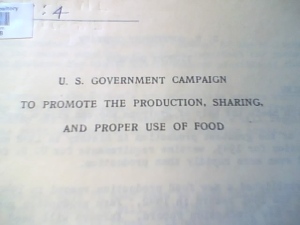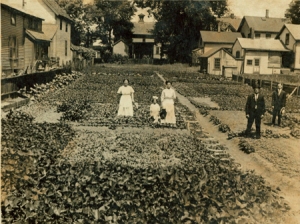“We forget that, historically, people have eaten for a great many resons other than biological necessity. Food is also about pleasure, about community, about family and spirituality, about our relationship to the natural world, and about expressing our identity. As long as humans have been taking meals together, eating has been as much about culture as it has been about biology.”—Michael Pollin IN DEFENSE OF FOOD
When part of a community has food and enjoys eating, and another part of the (same) community lacks food and feels anxious about eating, something along the way has been lost in the business of the world, the diversification of income, and the separation of creation, from those that are to enjoy it.
Try this experiment.
Go into a grocery store chain. Walk the isles. The middle ones with all the boxes and cans and packages of “food” that are single-size servings and “1-minute” menu’s. Try to notice how people touch the boxes, the cans. How do they move through the isle? What expression is on their face? How much time do they spend looking at “food?” What will they do with it? They’re trying to figure it out.
Next, go to a trendy place for the upper-middle-class like Whole Foods. Stand in the large produce section. Take in the colors. Watch people. Do they linger? What are they touching? Boxes? Cans? Food. They don’t throw it into a cart. They pick it. Place into a bag. They are gentle. What will they do with it? They will eat it. Oftentimes whole.
Food is food, and boxes and cans are…well…boxes and cans…presumably boxes and cans of “food.”
Billions of dollars of scientific inquiry tell us that the nutritious content of food in a can or a box is inferior to the nutritious content of whole food like apples and beans and beets. The American food crisis is that the consumption of real food, without being coated in a box or packaged in plastic or frozen for toaster oven service—-is reserved for the trendy deeper pockets of American consumers. The injustice of the American food crisis is that it winds up being an injustice for communities, for families, and for creation. The handling gently of food can only be enjoyed by the upper crust. The vibrant colors of fresh veggies and the smell of fresh herbs can be enjoyed only by those who know what they would miss out on if they skipped the produce section. Food is more than eating. Plant a garden and give away more than just food.
Filed under Food, justice
Tagged as Food, garden, justice


